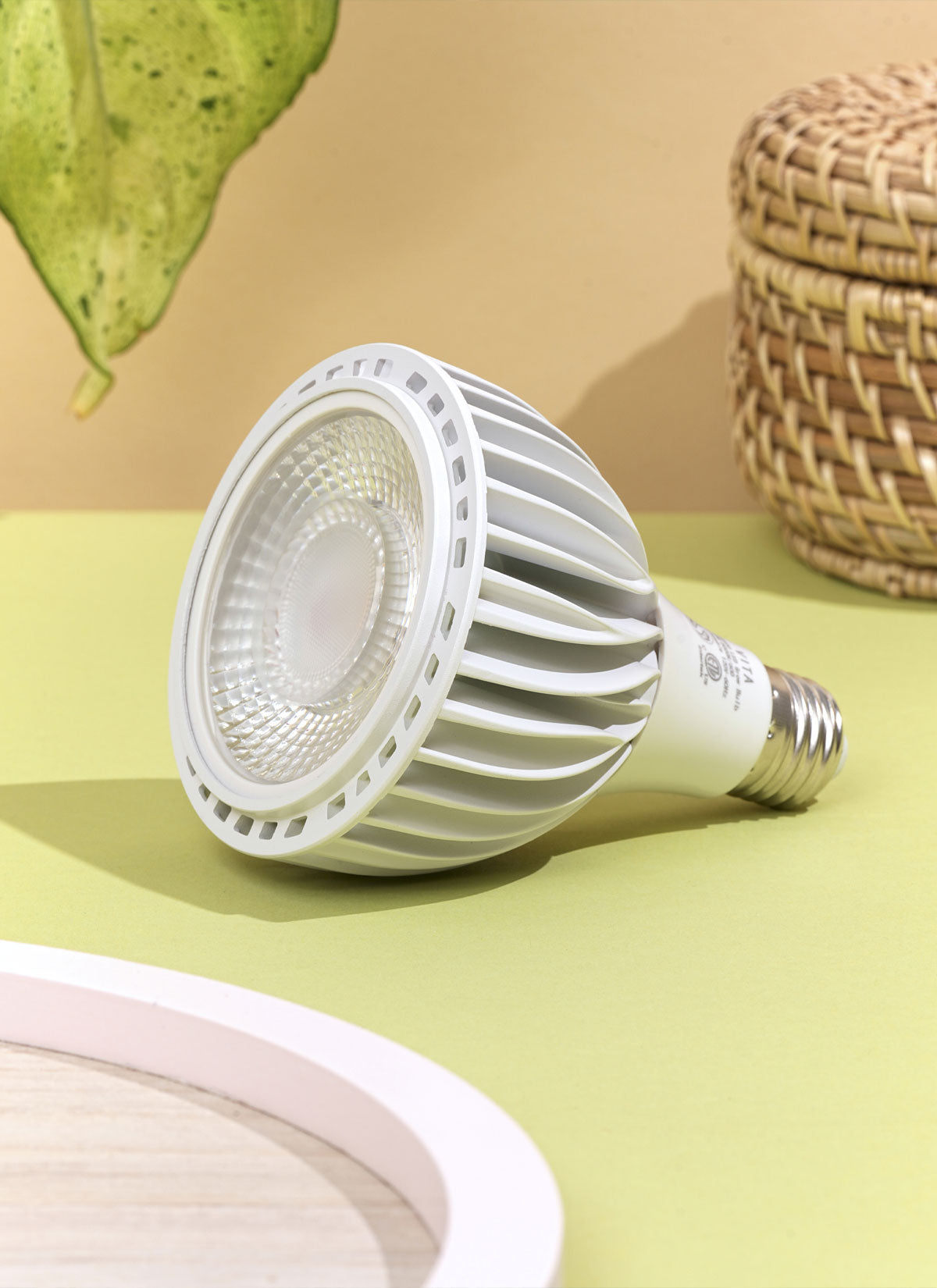Preferred Humidity: 40 - 60%; Moderate Humidity
Croton thrives in high humidity levels, ideally between 40-60% humidity in the air. One of the most effective ways to maintain optimal humidity is to use a humidifier. You can also place a tray of water near the plant to increase moisture levels. It's crucial to note that croton plants are sensitive to cold temperatures and drafts, as they are not adapted for this from their native environments, which can cause their leaves to fall off, so it's important to keep them in a warm and draft-free area. Additionally, misting the plant regularly can also help to maintain its humidity levels. Finally, it's important to ensure that your croton plant is not overwatered or underwatered as both conditions can affect its overall health and cause stress.




















